Harmony Day 2025 Teaching Resources
Celebrate cultural diversity on Harmony Day 2025 (and all year) with this teacher-created collection of printable activities, worksheets, crafts and more from the teachers of Teach Starter.
Created by Australian teachers for Australian teachers, each resource in this extensive collection has been designed to spark conversation in the classroom and help you explore the richness of multiculturalism with your students.
New to teaching or looking for a fresh perspective for your Harmony Day lessons? Check out this primer on all things Harmony Day from the teachers of Teach Starter! You'll find the date for Harmony Day 2025, helpful definitions for key vocabulary like harmony and diversity and more.
When Is Harmony Day 2025?
Since 1999, Harmony Day has traditionally been celebrated on the 21st of March in Australia. That means it will be marked on a Friday in 2025.
This is also the same day as the United Nations International Day for the Elimination of Racial Discrimination.
What Is Harmony? A Kid-Friendly Definition
Before we talk about Harmony Day itself, it may help to describe the meaning of harmony for your students. Here's a harmony definition that may help you do just that:
Harmony means getting along with one another and living in peace with other people, no matter our differences. We can work to have harmony by being kind to others, trying our best to consider other people's feelings and cooperating with other people.
When we have harmony, people do not fight with one another.
What Is Harmony Day? A Kid-Friendly Definition
You may already be familiar with the concept of Harmony Day, but do you know how to explain why we celebrate to your students? Here's a kid-friendly definition that may help:
Harmony Day is a special day when we recognise the people of Australia and all the special things that make them unique. On Harmony Day, we celebrate the many different traditions and cultures that are special to individual people.
More Helpful Harmony Day Vocabulary Words
Harmony is an important word for your Harmony Day discussions, of course, but there are other vocabulary words you may need to define for your students! Here are a few more definitions to keep at hand:
Diversity
Diversity means having differences in things like race, culture, language, religion, ability and other characteristics.
Multiculturalism
Multiculturalism is valuing the many different cultures that exist in our world and our nation.
Why Do We Celebrate Harmony Day in Australia?
The origins of today's Harmony Day celebrations in the classroom and around Australia go back more than 20 years.
Harmony Day was established by the Australian government in 1999 as a way to recognise and celebrate the country's cultural diversity. The day was originally created as a way to promote a sense of belonging for everyone.
Harmony Day gives us a chance to promote mutual respect and understanding amongst all Australians, regardless of their cultural backgrounds. The event is meant to be inclusive, and everyone is welcome to participate and celebrate Australia's cultural diversity.
What Is the Harmony Day Colour?
On Harmony Day, people are encouraged to wear orange because it is the colour of the official government Harmony Day campaign.
Why this colour? Orange is chosen to represent social communication and meaningful conversations, which are both important tools that allow us to get along with one another and achieve harmony.
How to Celebrate Harmony Day in Your Classroom
Harmony Day is not a public holiday, so students will be in attendance at school on the event. That means you may want to incorporate the day into your lesson planning, and we have you covered with some of our favourite ways to promote understanding and appreciation of different cultures amongst primary students.
- Engage in Cultural Storytelling — Encourage. your students to share stories from their own cultures with their classmates. This can be done in a variety of formats. Students can practise writing narratives, making oral presentations, building slideshows on the computer or even creating videos.
- Set Up a Food Tasting — Invite students to bring in traditional dishes from their cultures for a taste-testing event this Harmony Day! This can be a fun way for students to learn about the different flavours and ingredients used in different cuisines.
- Create a Cultural Dress-Up Day — You don't have to wait for Book Week for dress-up day! Invite students to dress in the traditional dress of their respective cultures on Harmony Day.
- Engage in Language Learning — Teach your students a few common greetings, phrases or even numbers in different languages. Explore our extensive languages other than English collections for help getting started!
All these activities promote cross-cultural understanding and appreciation and can help students to be more empathetic to other cultures as well as giving students the opportunity to showcase and be proud of their culture.
Need more ideas to celebrate cultural diversity in the classroom? Explore our complete collection to get started!
- Plus Plan

Our Belonging Map Classroom Display
Investigate your students’ heritage with this belonging map to display in the classroom.
- Plus Plan
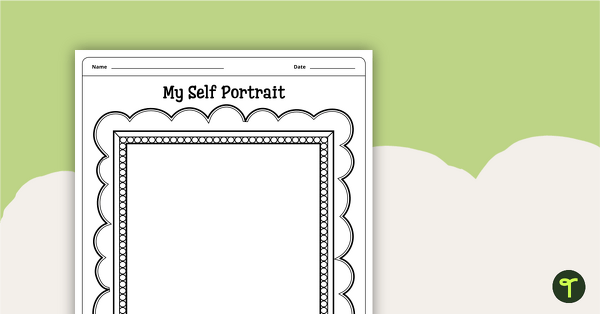
Self Portrait Worksheet
A worksheet to use as a Harmony Day resource for all grades.
- Free Plan
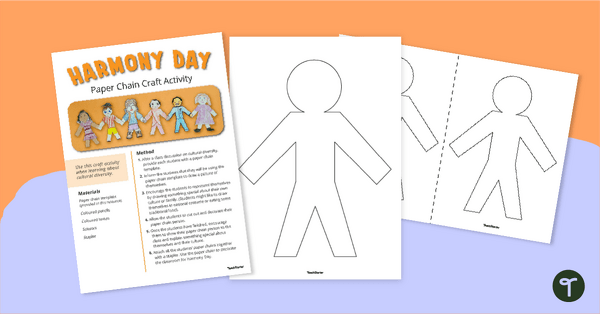
Harmony Day Paper Chain Craft Activity
Let your students’ beautiful selves shine using this personalised Harmony Day colouring activity.
- Plus Plan
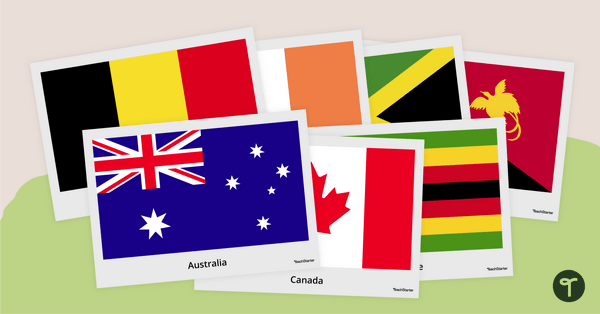
Flags of the World Posters
Use this set of 195 posters depicting the flags of the world's nations in the classroom.
- Plus Plan
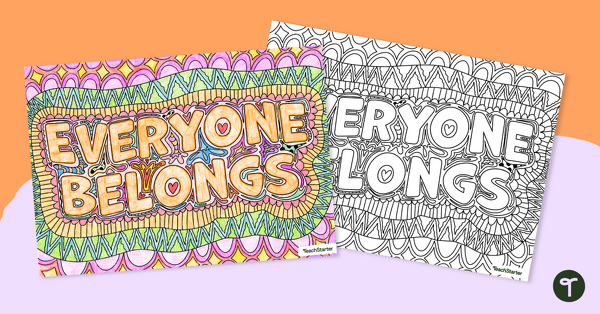
Everyone Belongs Mindful Colouring Page
Decorate your classroom or school with these colouring pages for Harmony Day.
- Plus Plan
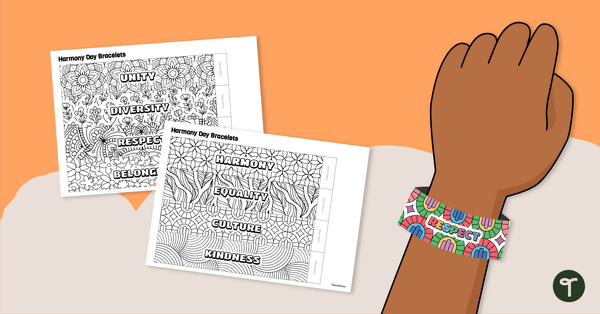
Printable Harmony Day Bracelets
Celebrate diversity and inclusion by having your students create their own Harmony Day bracelets with mindful colouring and meaningful words that reflect the spirit of the holiday.
- Free Plan
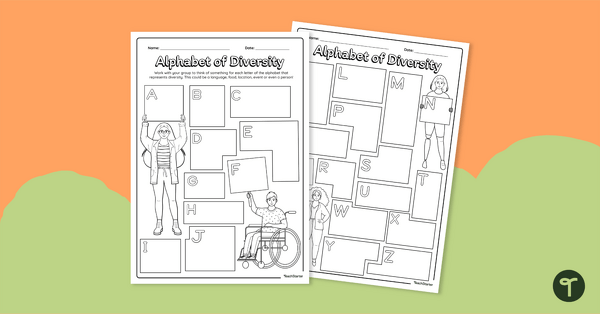
Alphabet of Diversity Worksheet
Celebrate diversity in your classroom with this alphabet of diversity worksheet.
- Plus Plan
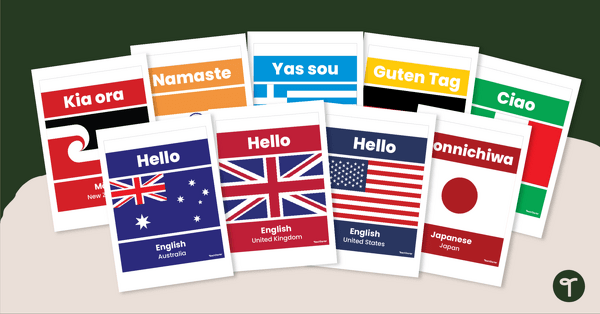
Hello From Around the World Bunting
Decorate your classroom with this set of bunting that displays different ways to say hello around the world.
- Plus Plan

Harmony Day Word Search – Upper
Words related to Harmony Day in a word search.
- Plus Plan
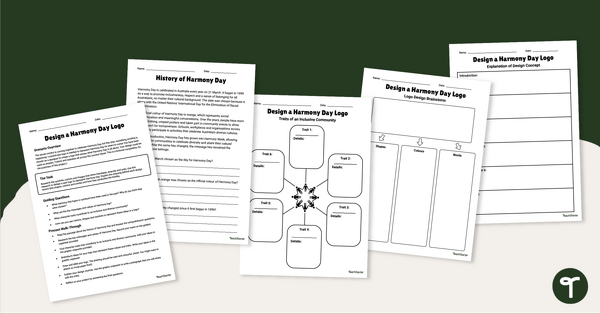
Design a Harmony Day Logo Project
Design a Harmony Day logo with your students using our inquiry-based learning project.
- Plus Plan
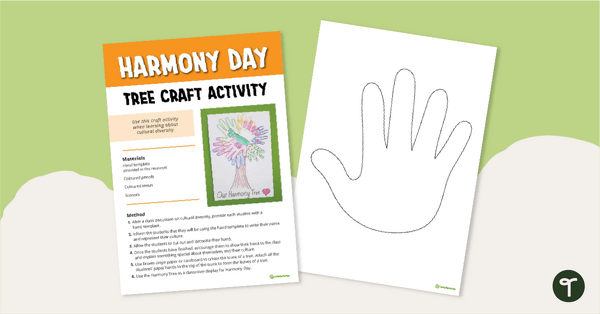
Harmony Day Tree – Craft Activity
A creative craft activity to use on Harmony Day when learning about cultural diversity.
- Plus Plan
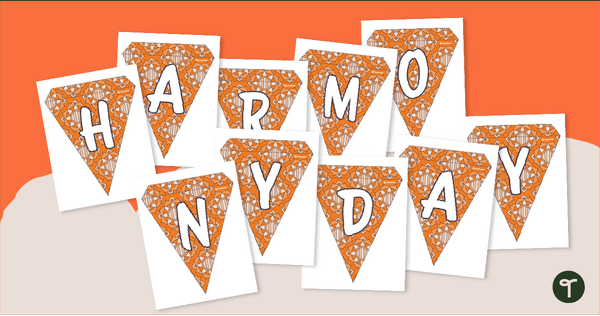
Printable Harmony Day Bunting
Decorate your classroom or school with this colourful bunting for Harmony Day, or during Harmony Week.
- Plus Plan
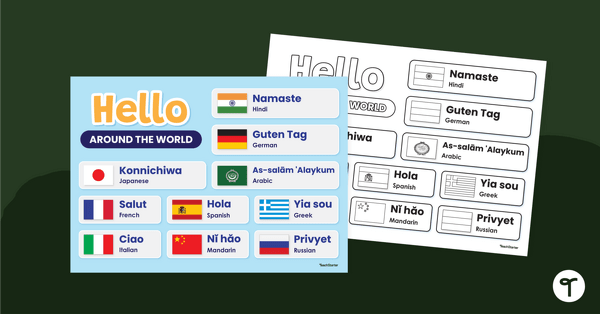
Hello Around The World Poster
This poster features 'hello' in ten different languages other than English.
- Plus Plan
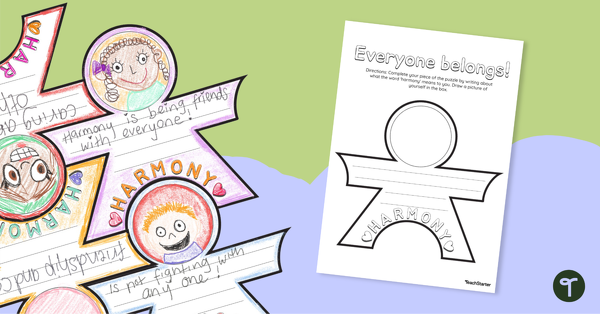
Harmony Week - Everyone Belongs Tessellation Activity
Celebrate that everyone belongs with this Harmony Day craft template for the whole class.
- Plus Plan
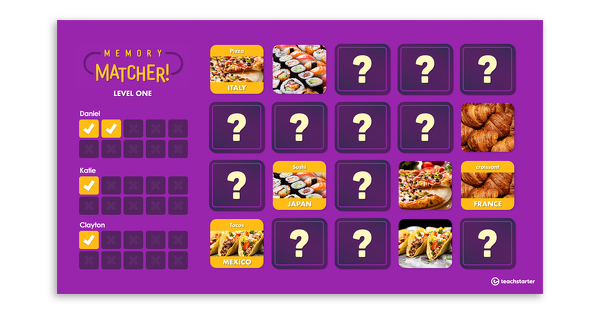
Memory Matcher PowerPoint – International Foods
An interactive match-up activity exploring foods of different cultures.
- Plus Plan
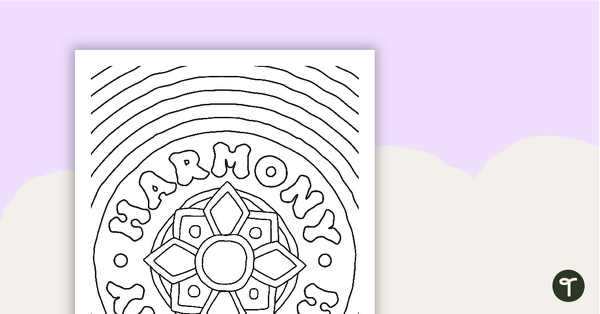
Harmony Day Colouring In Sheets
A set of 9 colouring in pages related to the theme of harmony.
- Plus Plan
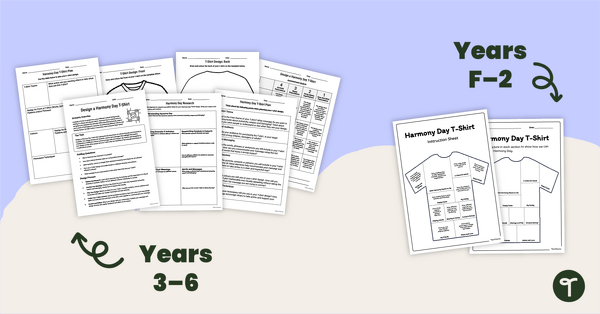
Design a Harmony Day Shirt
Guide students in designing their own Harmony Day shirt to celebrate diversity and inclusion.
- Plus Plan
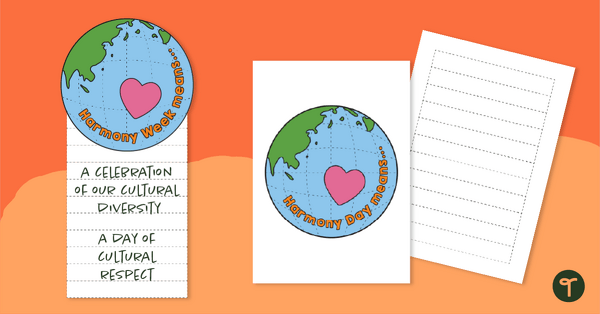
The Meaning of Harmony Day and/or Week Template
A template to use to encourage your students to discuss what Harmony Day/Week means to them.
- Plus Plan
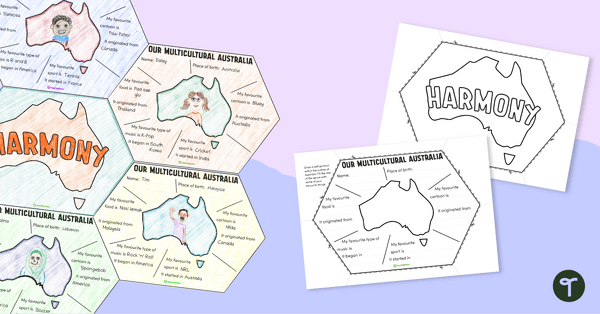
Our Multicultural Australia – Harmony Day Display
A connecting display for students to list their favourite things and where in the world each comes from.
- Free Plan
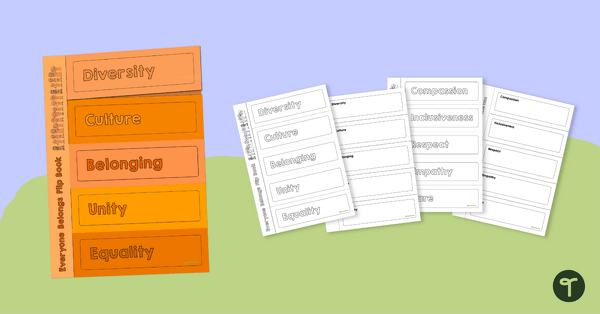
Harmony Day Vocabulary Flip Books
Use this template with your students to discuss vocabulary associated with Harmony Day.
- Plus Plan

Harmony Day Lotus Flower Craft Activity
A printable Harmony Day craft activity to complete with your students.
- Plus Plan
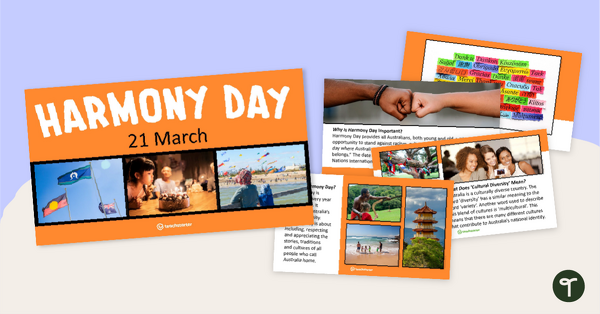
Harmony Day Assembly PowerPoint
Teach about the significance of Harmony Day with this 10-slide teaching PowerPoint .
- Plus Plan
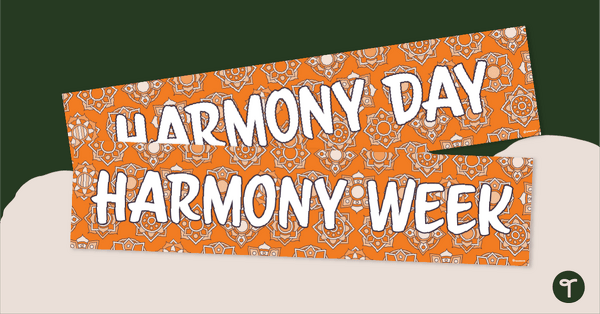
Harmony Day Display Banner
A colourful display banner to hang in your classroom on Harmony Day, or during Harmony Week.
- Plus Plan

Harmony Day Class Pledge
Cultivate inclusivity in your classroom and celebrate diversity with this Harmony Day pledge.